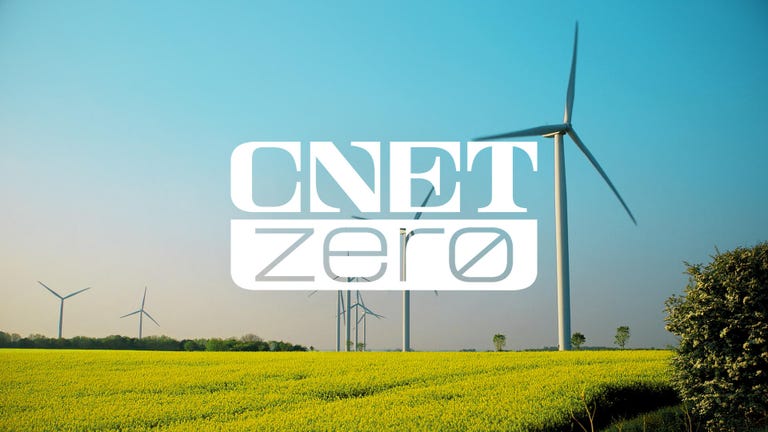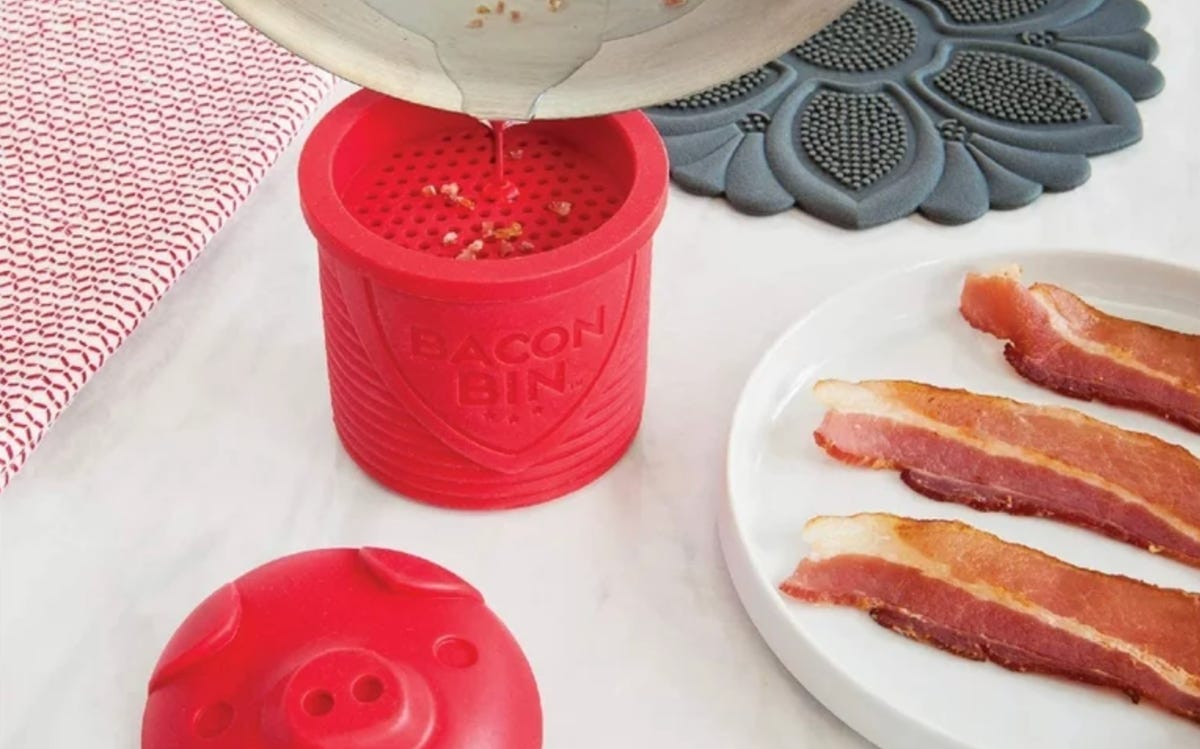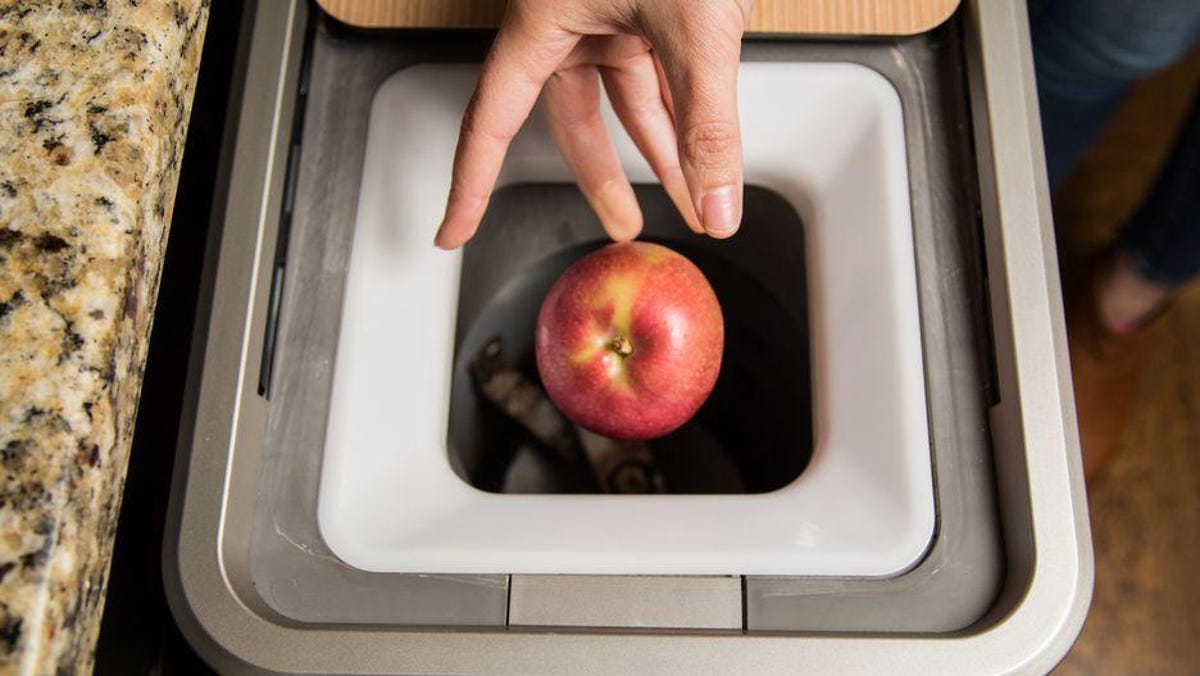Food waste is a significant contributor to greenhouse gasses and accounts for roughly one third of the food meant for human consumption. Composting is the process by which food is converted into a nutrient-rich, biologically-stable soil for your yard and garden and keeps it out of landfills where it produces Carbon Dioxide (CO2) emissions.
Composting is an easy way to reduce household food waste. As a bonus, composting creates vital fuel for flower beds, new trees or a vegetable garden. The green practice was once considered niche but has gone mainstream with municipally mandated composting programs in many cities, private compost collection services and smart kitchen bins that turn food scraps into sweet-smelling dirt overnight and speed up that initial — and often smelly — first step.
If you’re planning to start composting this summer, here’s everything you need to know about starting a pile, including what can and can’t be composted.
Read more: Are Countertop Composters Worth It? I Calculated My Food Waste for a Week to See

What is composting?
Composting is a way to help food trash and other organic items decompose into a substance that can be used to alter the composition of soil so that it’s more nutritious for plants. To start the composting process, certain bacteria activators are added to the organic material to create heat. The heat causes the organic material to decompose more quickly than it would out in nature.
Items that can be composted

Most but not all food scraps can go into a compost pile.
Most organic food items can be composted, although some decompose much quicker than others.
- Fruit and vegetable peels
- Melon rinds
- Partially eaten apples
- Coffee grounds
- Grass clippings
- Leaves
- Beans and legumes
Some gardeners even add fish, meat, bones and dairy products to their compost. This is fine, unless you have a problem with rodents or raccoons. These foods create a strong smell that scavengers can’t resist.
Items that shouldn’t go in a compost pile

Bacon fat and other greasy items should not be composted.
- Cooking oils
- Very greasy foods
- Sugar or foods containing excess sugar
- Highly processed canned or packaged foods
- Certain houseplants
Outside composting
There are two main ways of composting: outside and inside. First, let’s take a look at outside composting.

A layer of dry material, like leaves, is important to outdoor composting.
Some gardeners prefer to have a compost pile in their yard. This is exactly what it sounds like. It is a pile layered with grass clippings, food bits, sticks and dead leaves.
The pile is started in a sunny area with a layer of twigs and sticks on the ground to help with airflow. Then, moist organic material (like food scraps or grass clippings) is layered with dry material, such as leaves, twigs and sawdust. That dry material is crucial because you don’t want the compost to be too damp, which will cause foul odors and attract pests.
This type of composting takes some work because the pile will need to be turned (basically mixed up) every week or two using a pitchfork or compost aerator. The benefit is that it’s basically free. The only items you need to purchase are a turning tool and some compost activator.

Composting is a beautiful thing.
An easier outdoor solution is a compost tumbler, like the Yimby ($79) or this Miracle-Gro large dual-chamber compost tumbler ($130). Both of these consist of rotating barrels that you throw your yard and food waste into and then spin five to six times every two to three days. The spinning mixes the compost to encourage quick and even decomposition.
The same rules about wet and dry material apply; you need to keep the compost well-balanced so that it breaks down correctly. When choosing an outdoor system, also be sure to look for a unit that has many aeration holes to release gases caused by the food decomposing. A closed container can explode if too much pressure from gasses builds up.
Indoor composting

High-tech composters, like Whirlpool’s Zera, can turn food scraps into compost in a matter of hours.
Indoor composting is almost foolproof with high-tech compost bins, like the Zera or the Food Cycler Platinum. With this type of unit, you just drop in the food scraps and compost activator. The unit uses heat and pressure to turn the scraps into fertilizer, usually within three to 24 hours. Some units can produce around 2 pounds of fertilizer for 8 pounds of food waste.
OK, I have decomposed compost, now what?
Once the food items are decomposed, it will look almost like woody dirt. You can sprinkle small amounts in house plants or till large amounts into a garden plot. You can also sprinkle it on your lawn or trees to make them healthier.
When you’ve exhausted your finished compost, you can continue the process by adding food scraps and yard waste to your pile or compost bin. A well-cared-for compost pile can give you compost for years to come.















+ There are no comments
Add yours